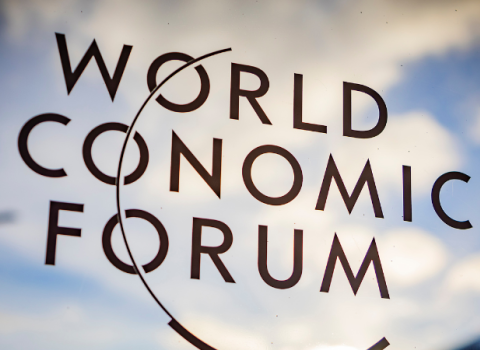
Vasco de Gama bridge, Lisbon.
The UK government is calling for a new, modern and more flexible approach to the European Union’s single market, to underpin the building of a knowledge-based economy, as proposed by the Lisbon strategy.
Twenty years after the launch of the single market, progress is slowing. At the same time, rapid technological and structural changes are shifting the balance of the global economy, and Europe faces problems not foreseen at the time.
The current model – which seeks integration through legislation and the harmonisation of rules across all the member states – needs to be rethought, says the UK. Rather than “completing” the Single Market by more legislation, the focus should shift to outcomes, says the report, which was published jointly by the Treasury and the Department of Trade and Industry.
Action should be concentrated in the areas where economic benefits
are greatest. Rather than trying to manoeuvre a pan-European
legislative juggernaut, policy needs to be proportionate, tailored and
flexible.
Future focus
In future the focus should be on promoting jobs, growth and prosperity. Priorities should be set for action in key markets, such as energy and financial services, where there are greater immediate impacts.
While there may be arguments about some members being slower than others to pass legislation, much of the basic structure of the single market is now enshrined in law. Rather than grinding through further statutes it would be faster to use competition law to drive the market, says the report.
For example, the energy, communications and postal networks need to be opened up across Europe to increase competition, lower prices and increase efficiency.
Over the past 20 years the removal of cross-border barriers to trade
has driven up levels of innovation, enterprise and growth. But there is
growing evidence that the rate of progress
Reform gets harder
For example, despite agreement to liberalise energy markets this has not happened. Meanwhile, recent experience over the watering-down of the Services Directive shows it is getting harder to push through ambitious reform.
Cross-border investment among EU15 countries in 2000 was 14 times the level in 1992, but by 2004 had fallen to only 4 times the 1992 level.
Despite improvements, Europe still has a weaker record on innovation than its major competitors, as reflected in R&D expenditure, patenting activity and shares of high tech exports.
In addition, Europe is losing its attractiveness as a location for R&D investment in favour of the US, with its unrivalled research and teaching institutions and highly integrated innovation system, and China and India, which offer skilled labour at far lower cost.
Meanwhile the proportion of manufacturing output in China that is
classified at high tech is now on a par with Europe, at around 20 per
cent. Both lag behind the US at 30 per cent.
The shift to services
Over the past 20 years the structure of Europe’s economy has shifted. It used to be based on traditional manufacturing industries, but now services are the main source of growth and employment. This highlights the extent to which innovation has become a driver for economic development.
Against this background small and medium-sized enterprises (SMEs) have emerged as the key engine of innovation. Advances in technology, coupled to the single market, have enabled SMEs to become increasingly international, with almost 40 per cent relying on overseas markets for business. In 2003 non-financial small companies accounted for two-thirds of EU25 employment.
The report identifies ensuring that the Single Market operates in favour of SMEs as crucial to the competitiveness of Europe’s economy in the future.
The report calls also for a renewed push to improve Europe’s intellectual property laws, favouring the Community Patent covering the whole EU, ratification of the London agreement to reduce the volume of translation required, and a single European Patent Litigation Agreement setting up a single court for patent disputes.





 A unique international forum for public research organisations and companies to connect their external engagement with strategic interests around their R&D system.
A unique international forum for public research organisations and companies to connect their external engagement with strategic interests around their R&D system.